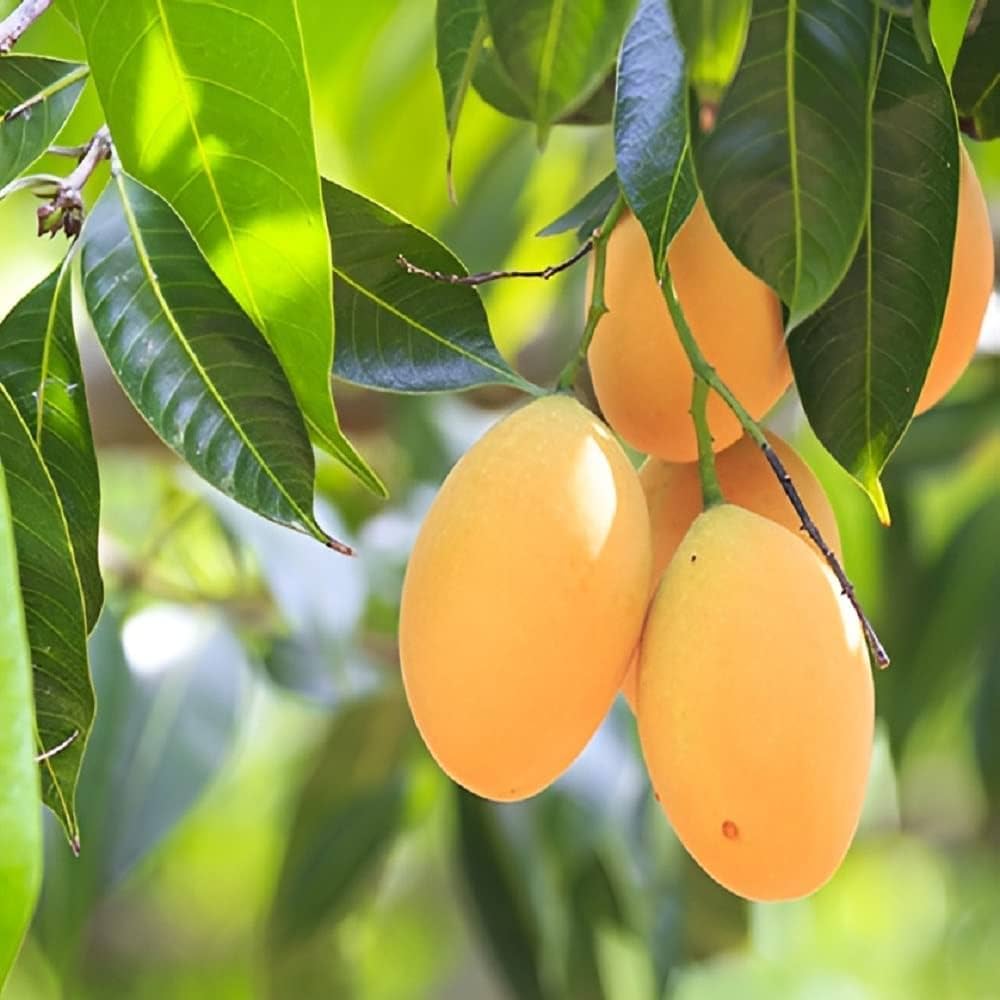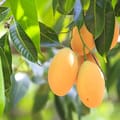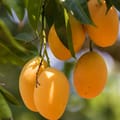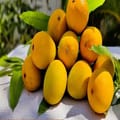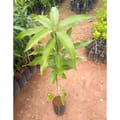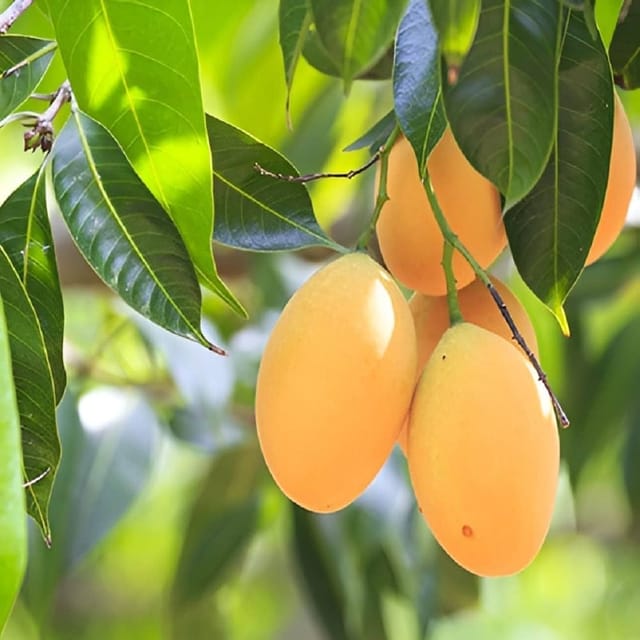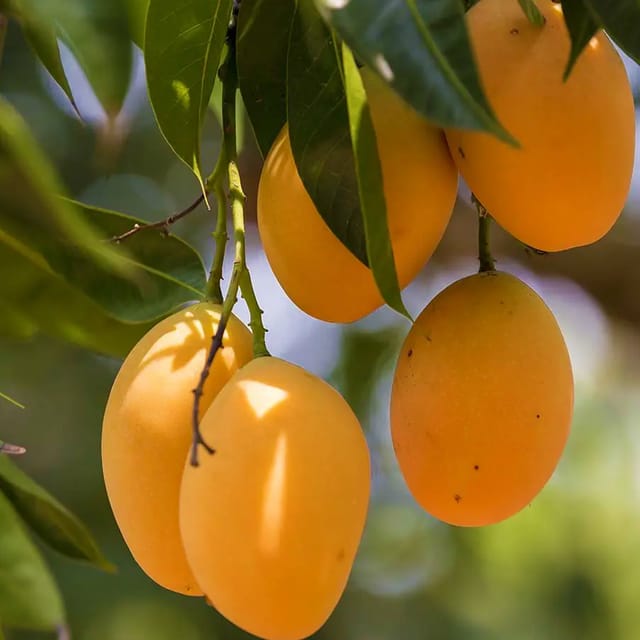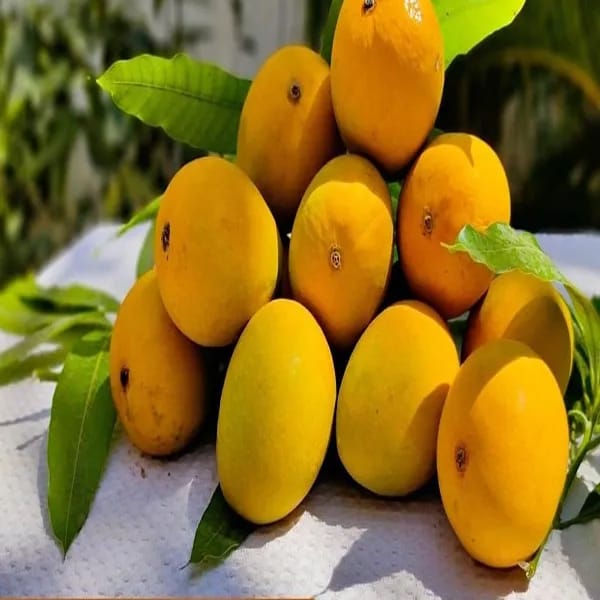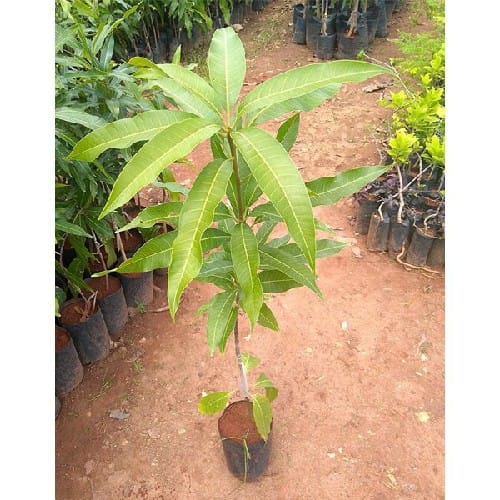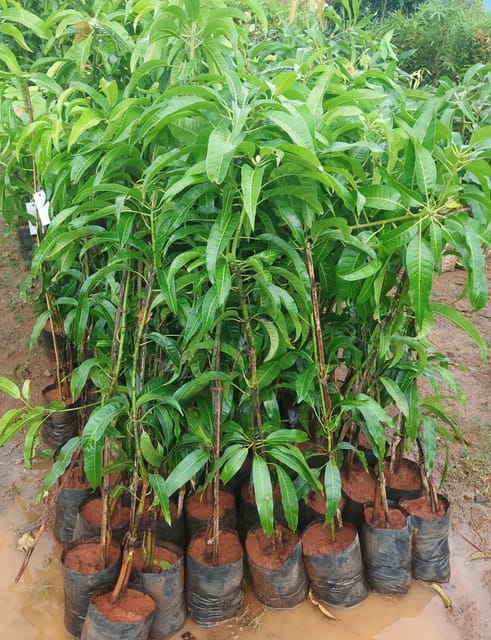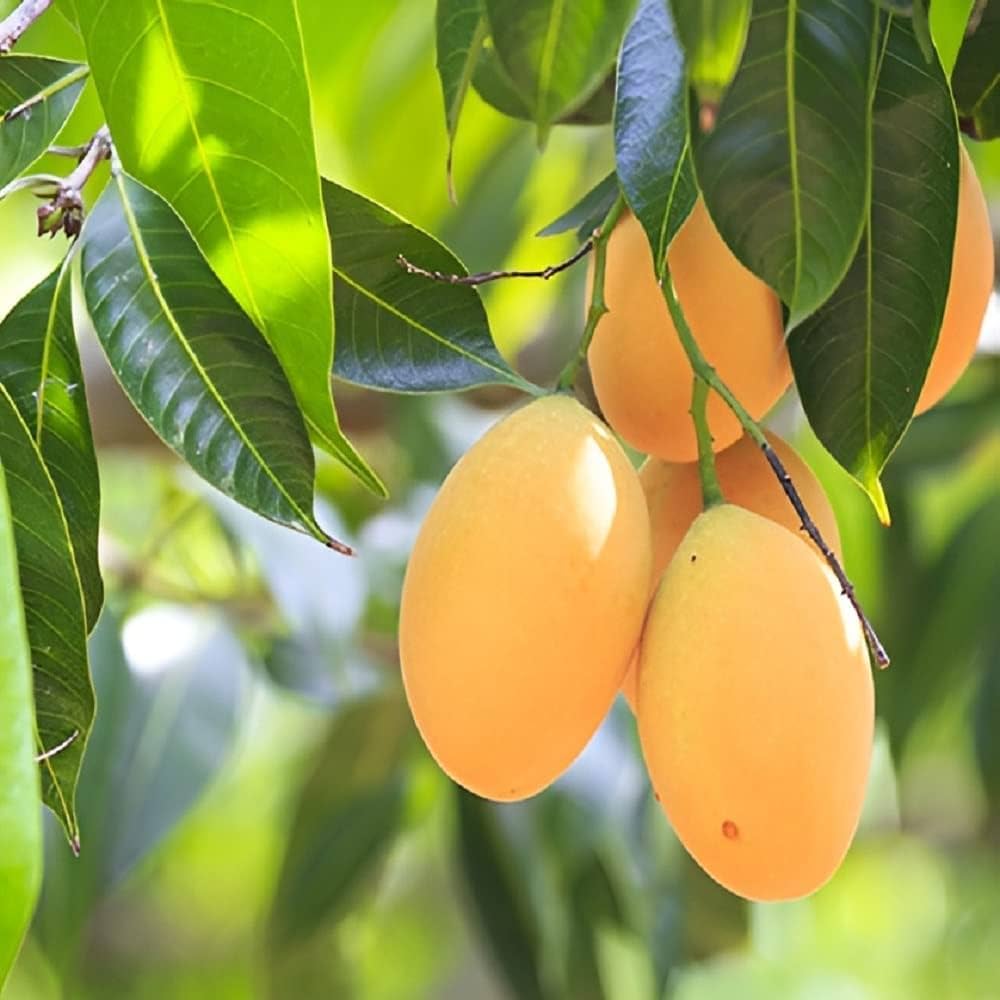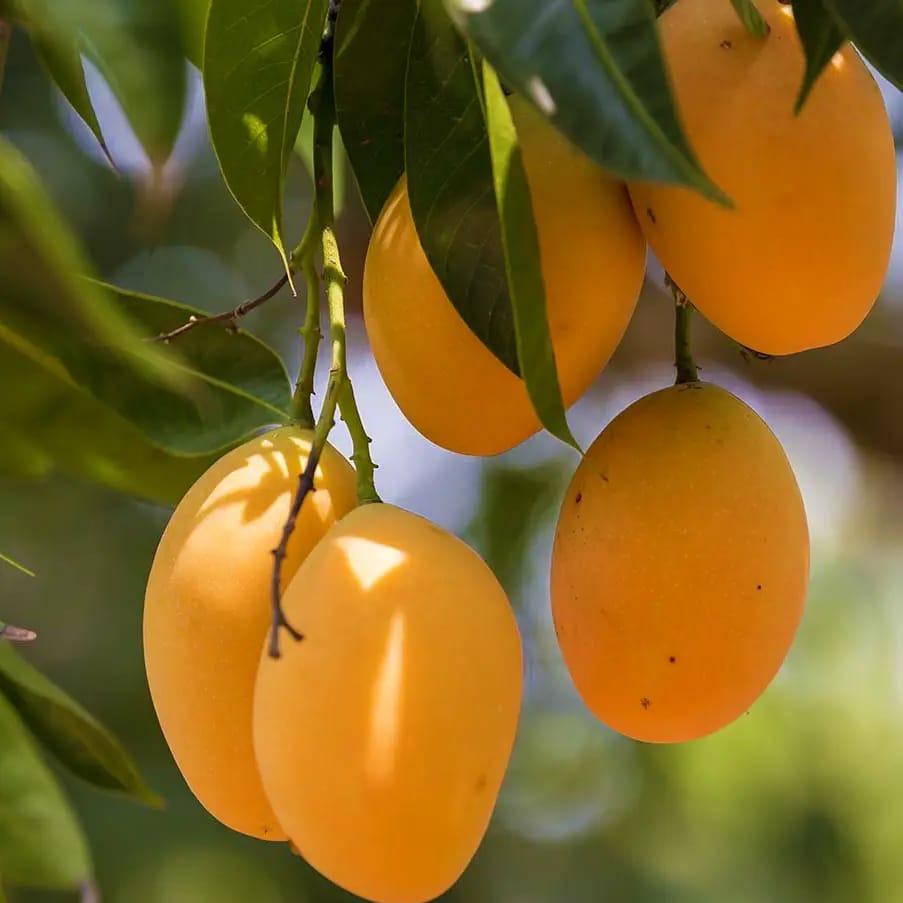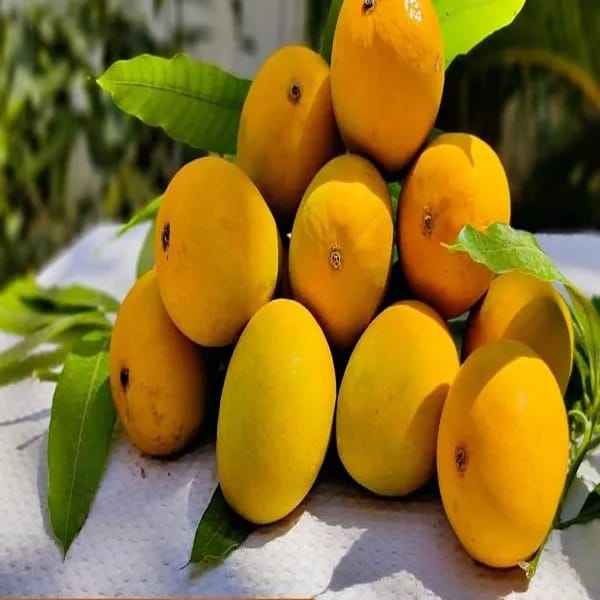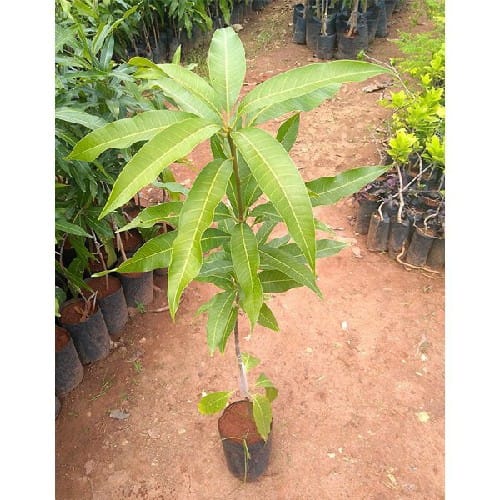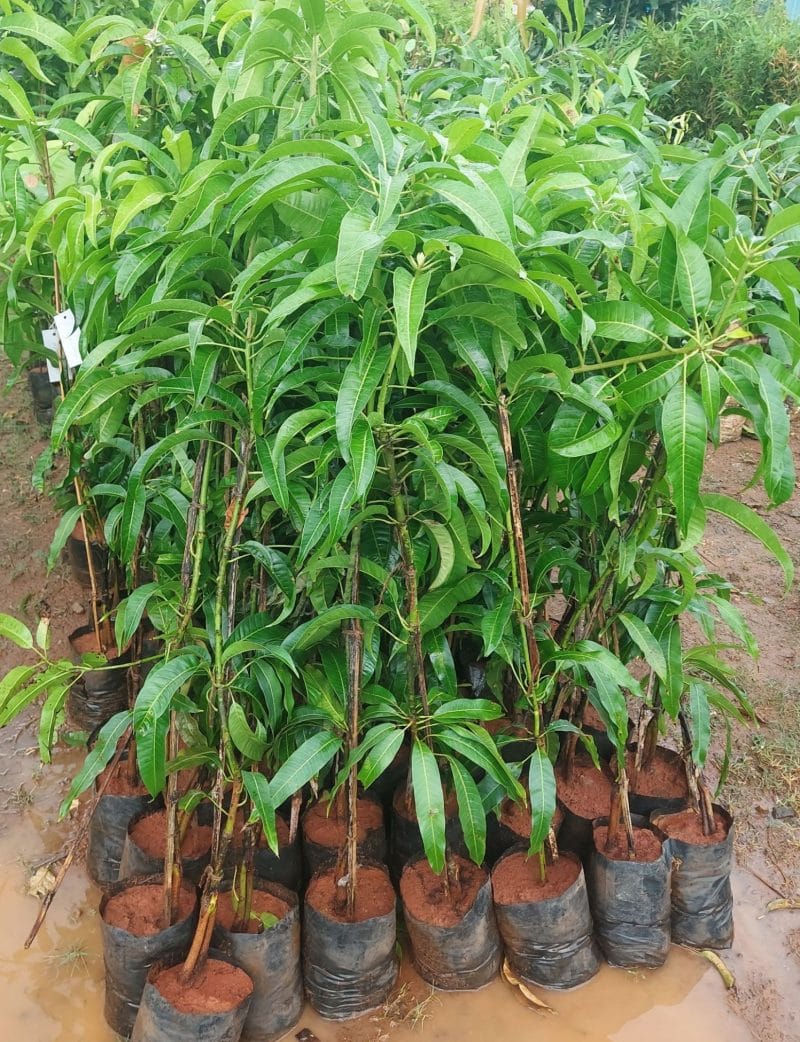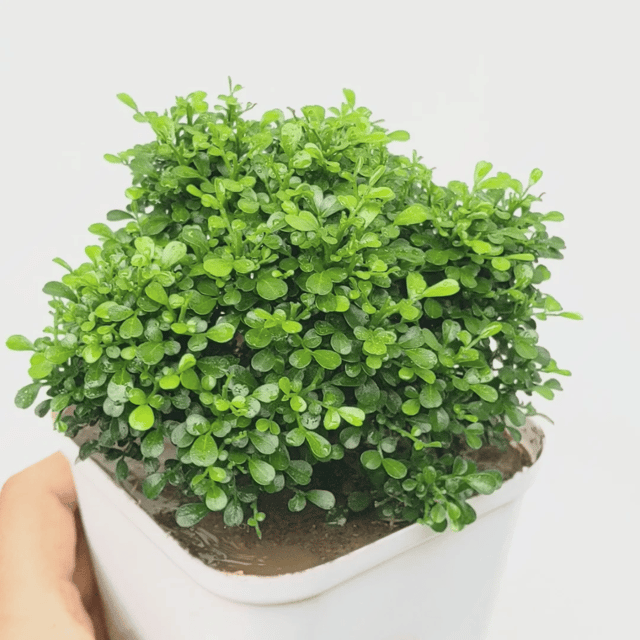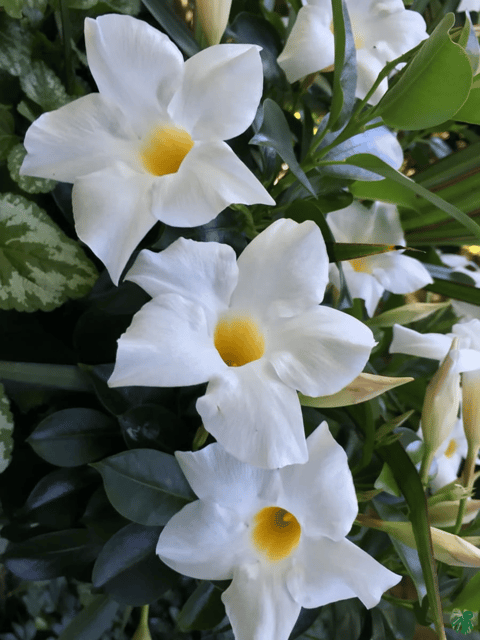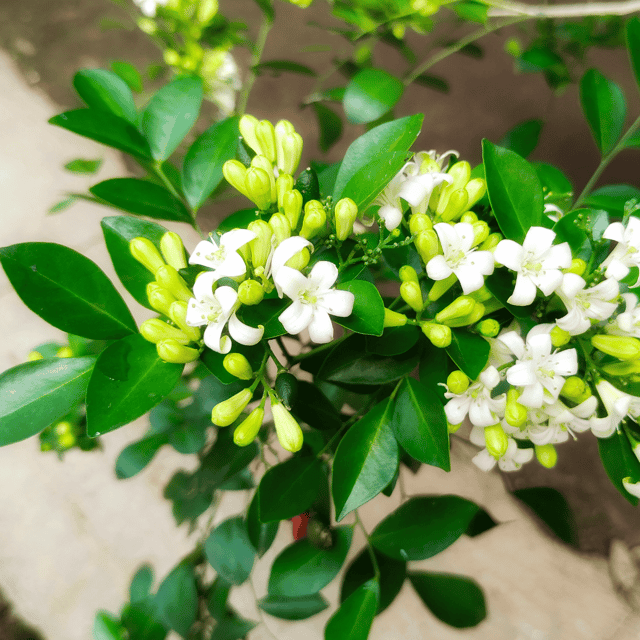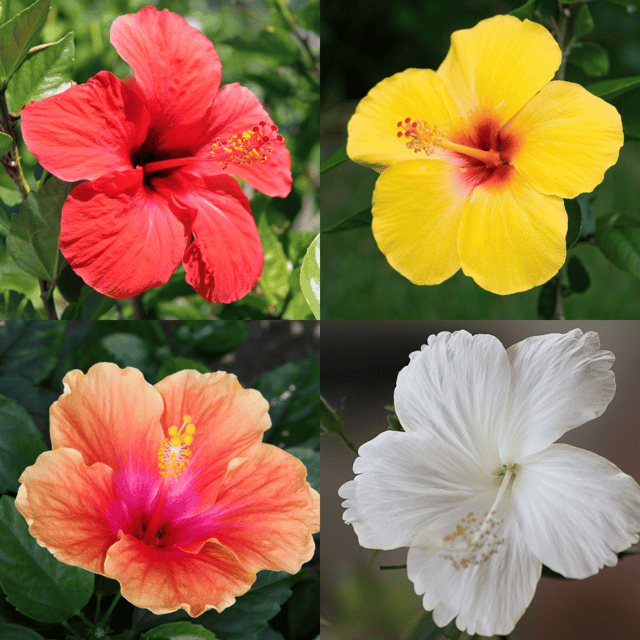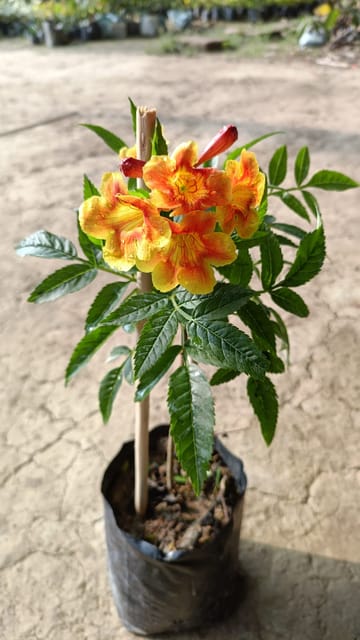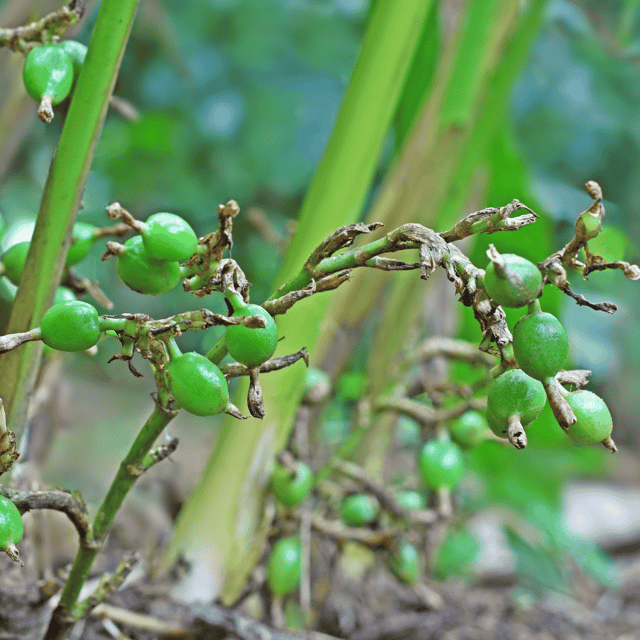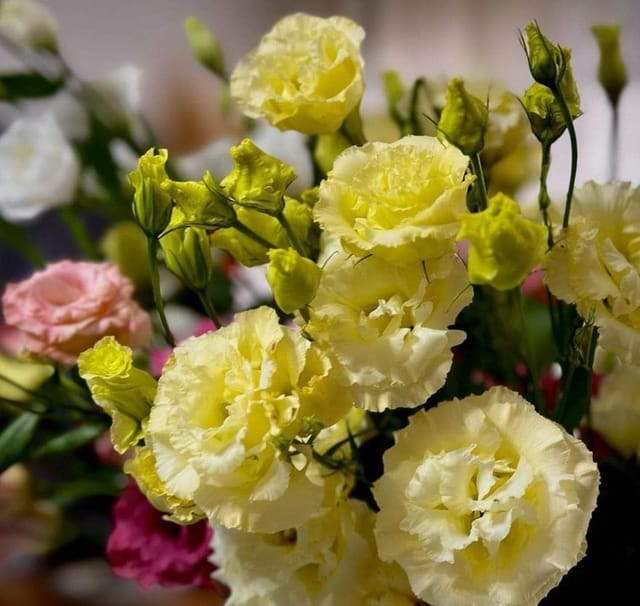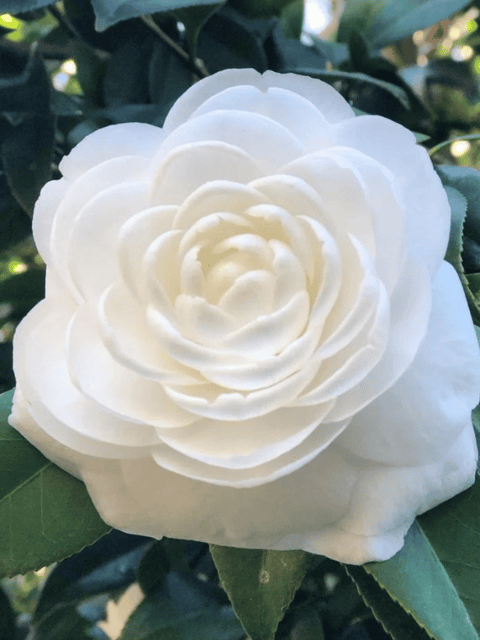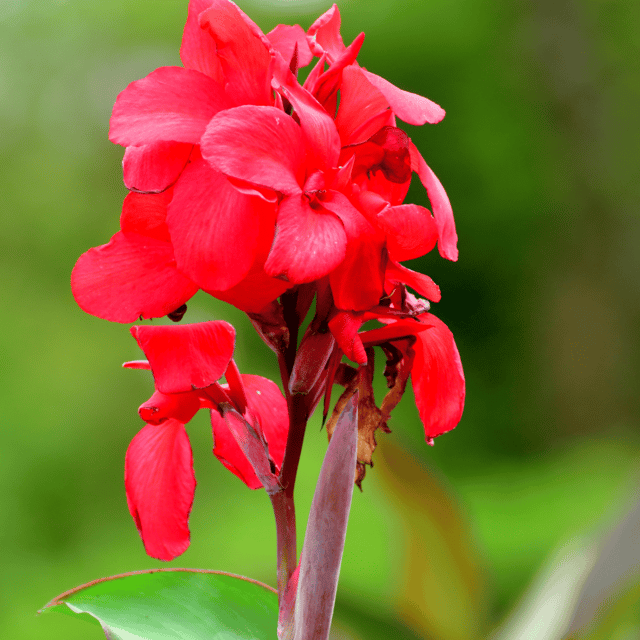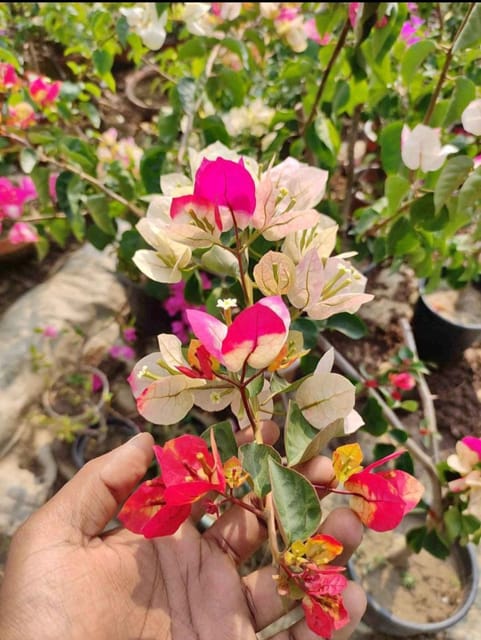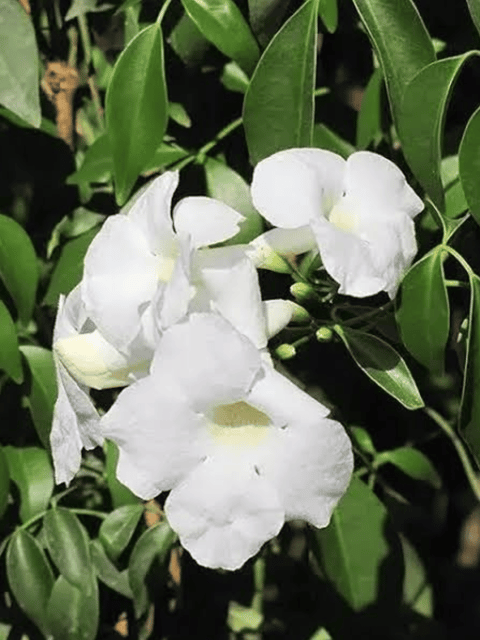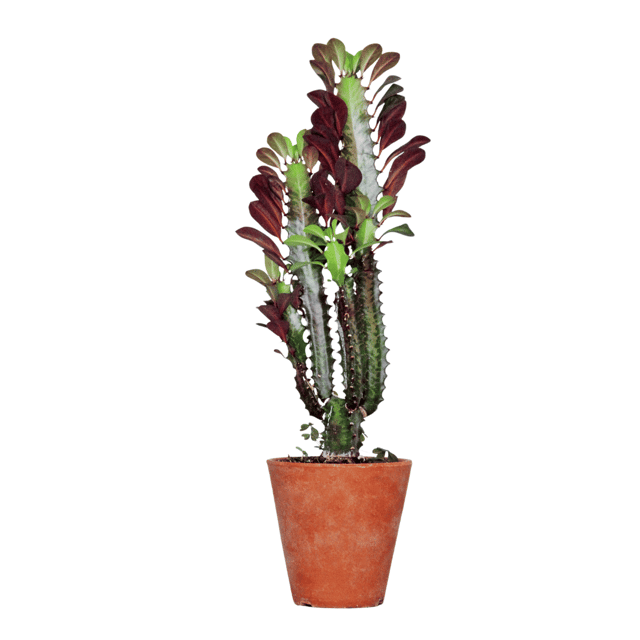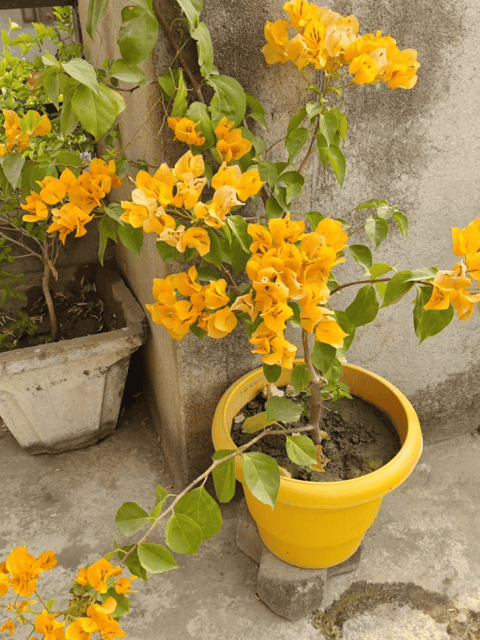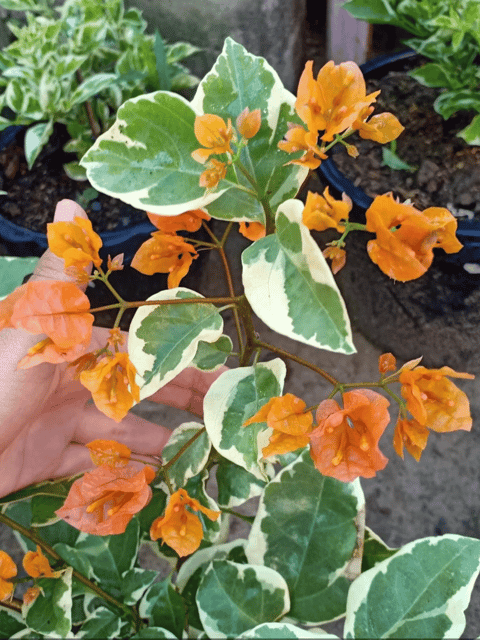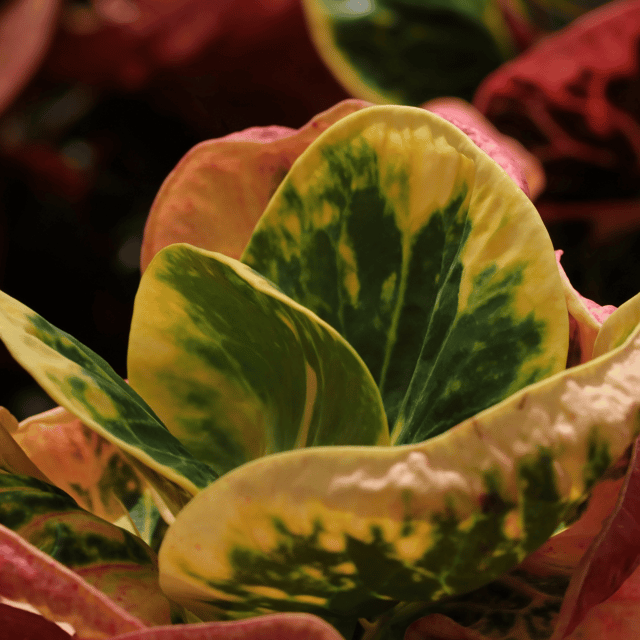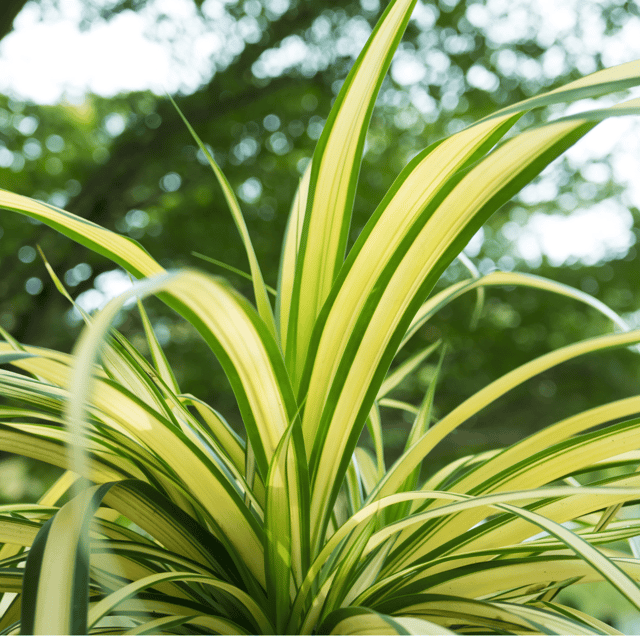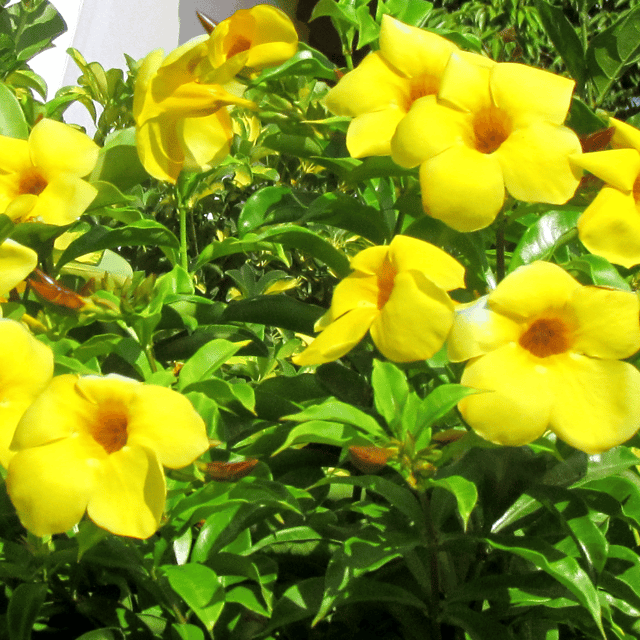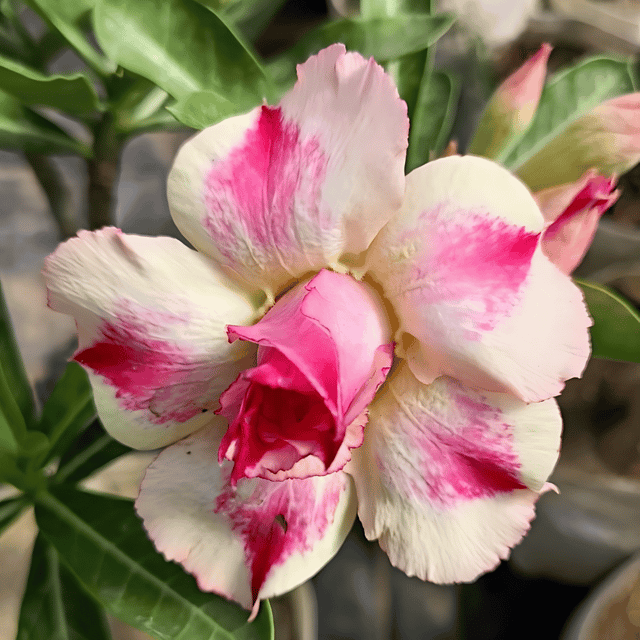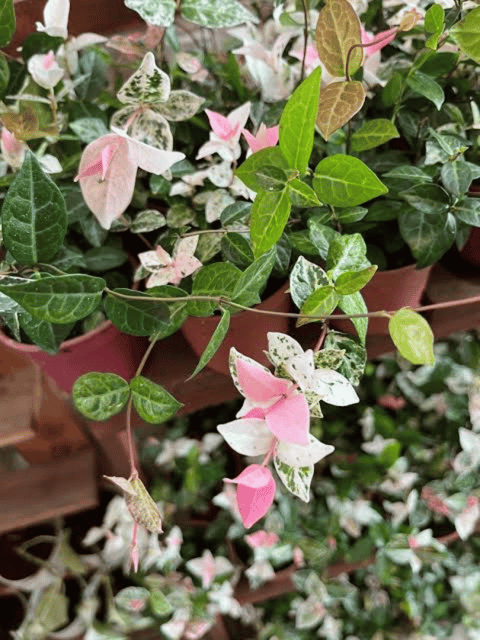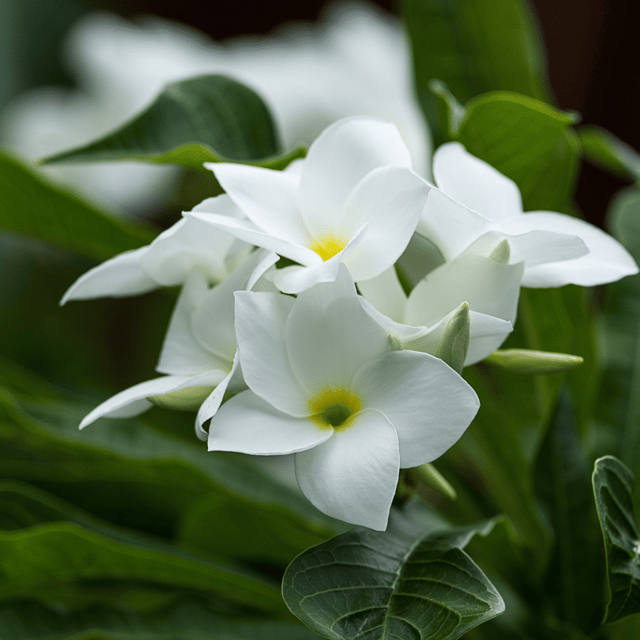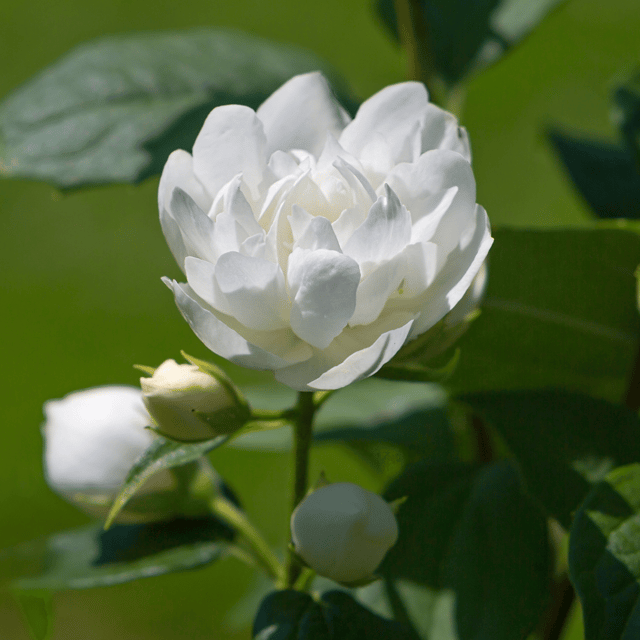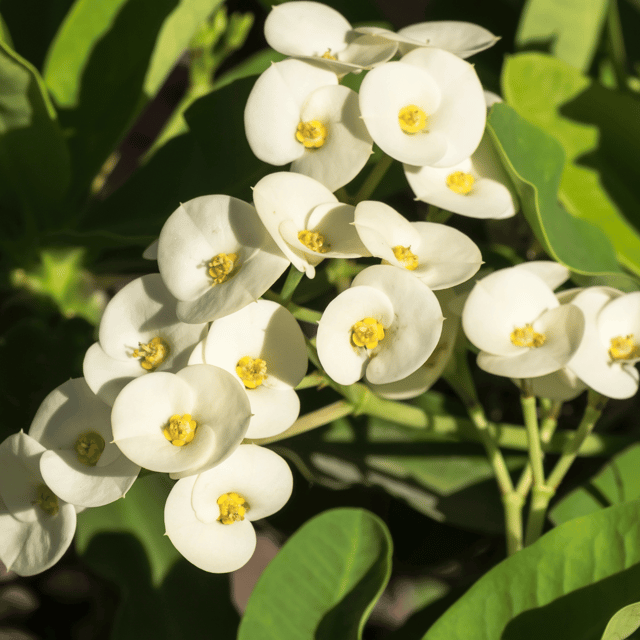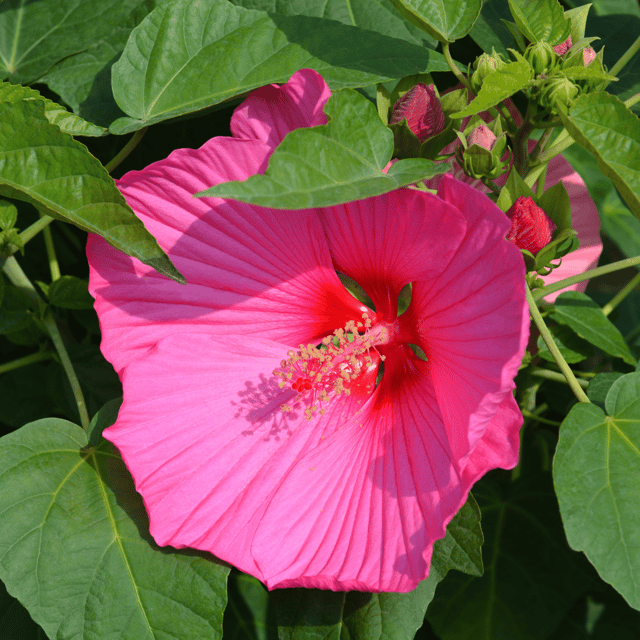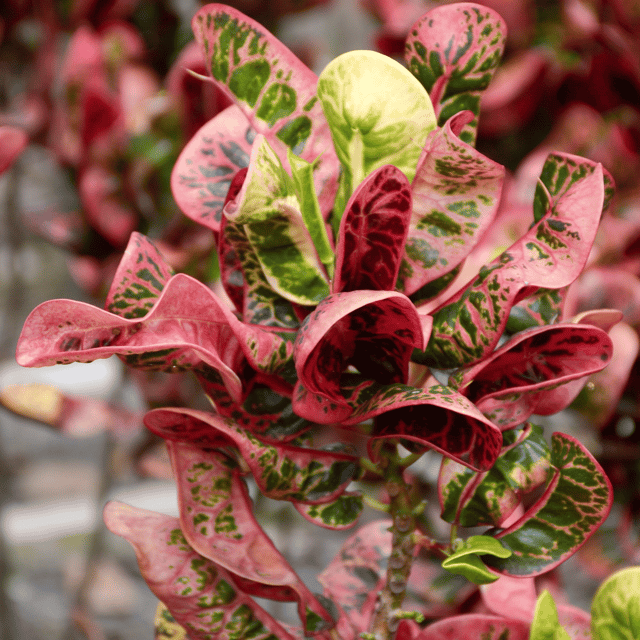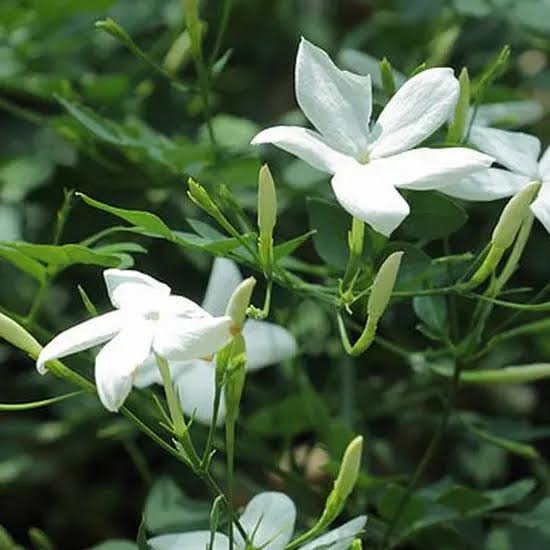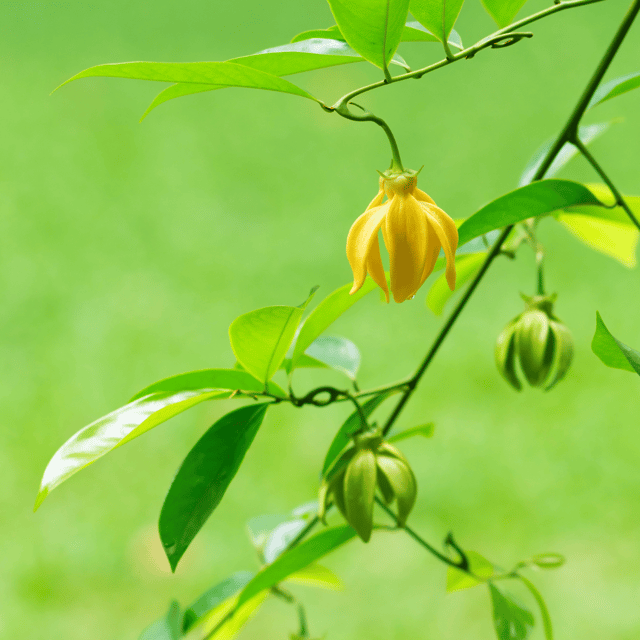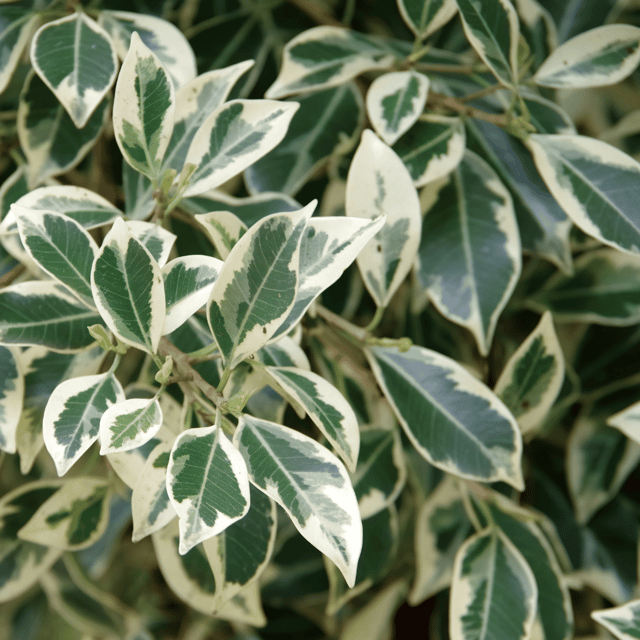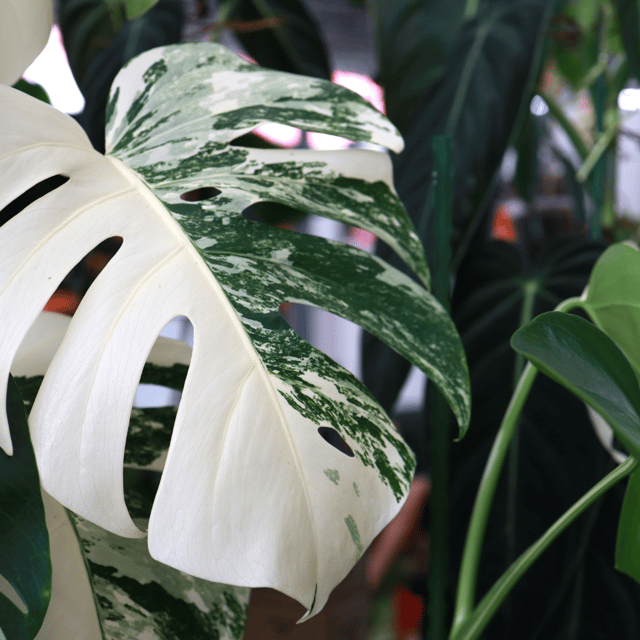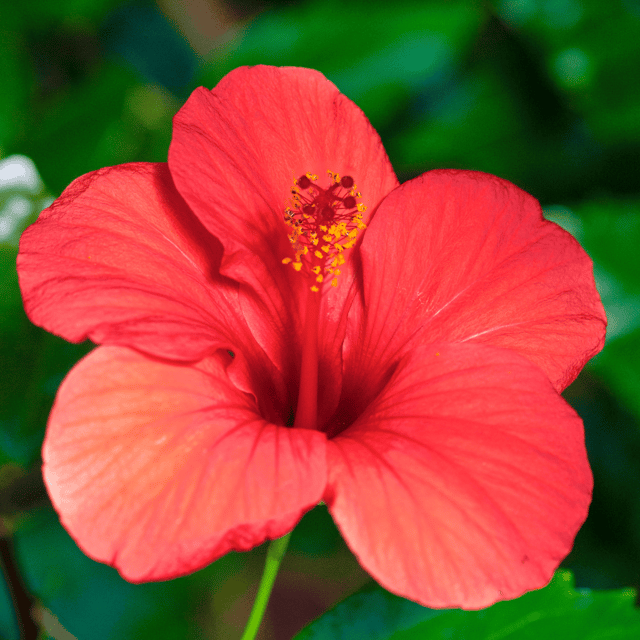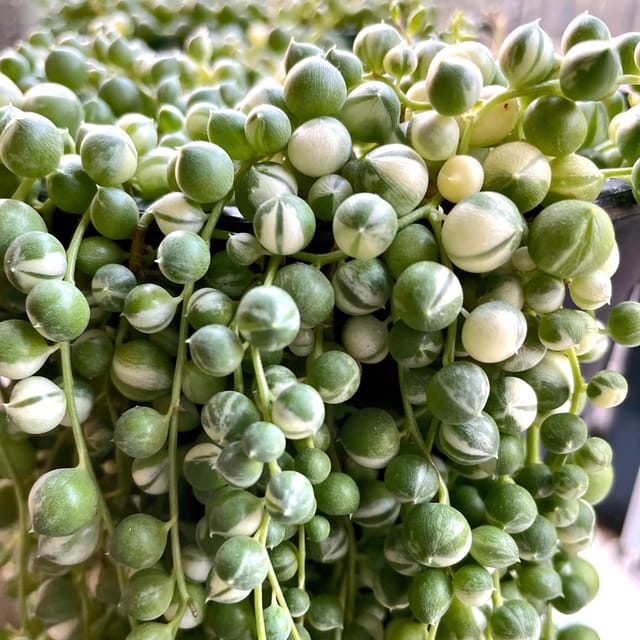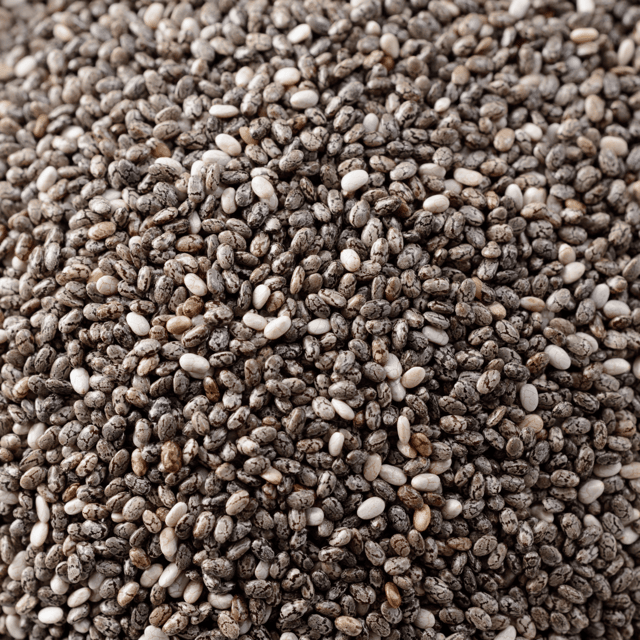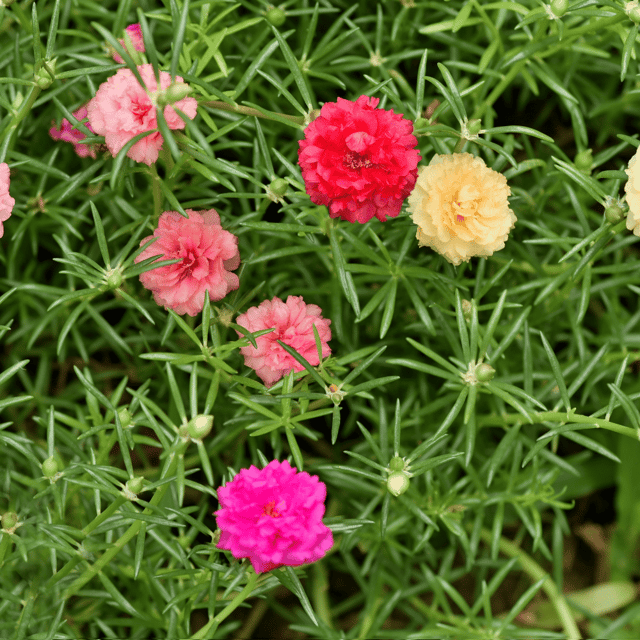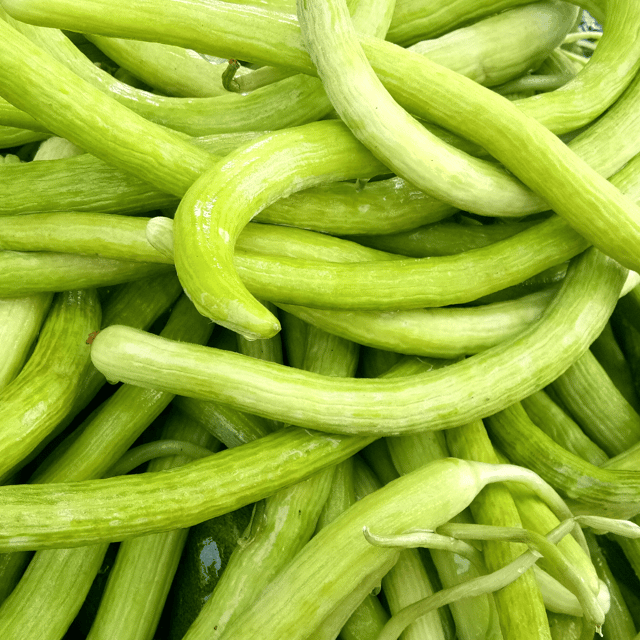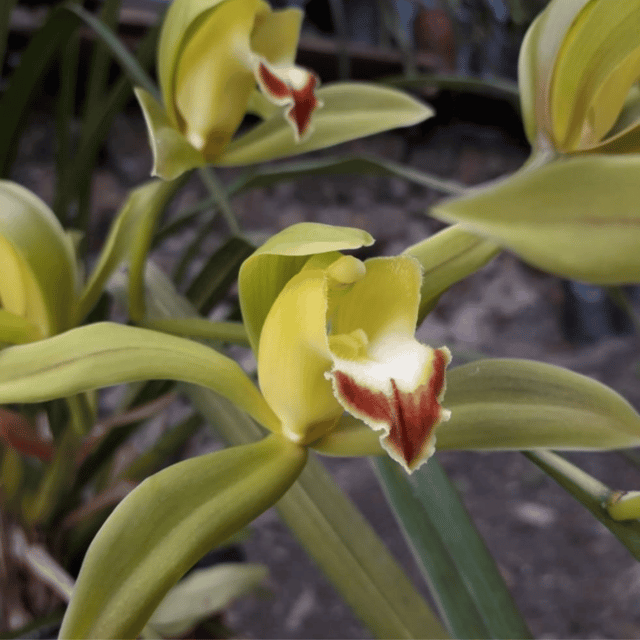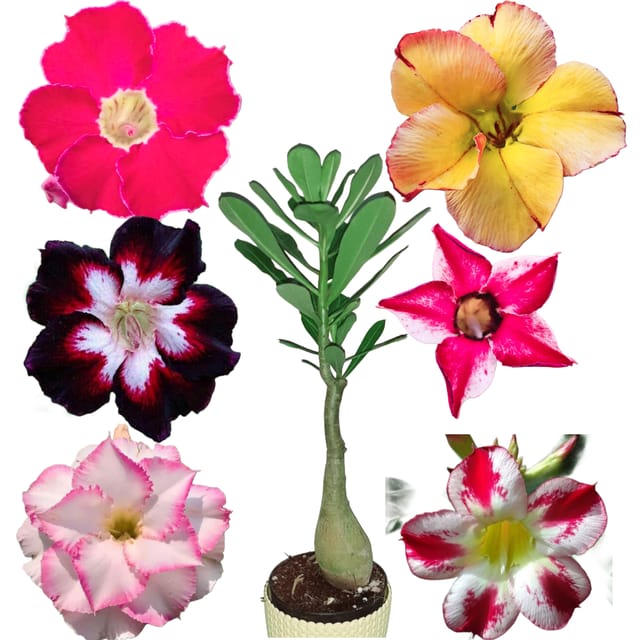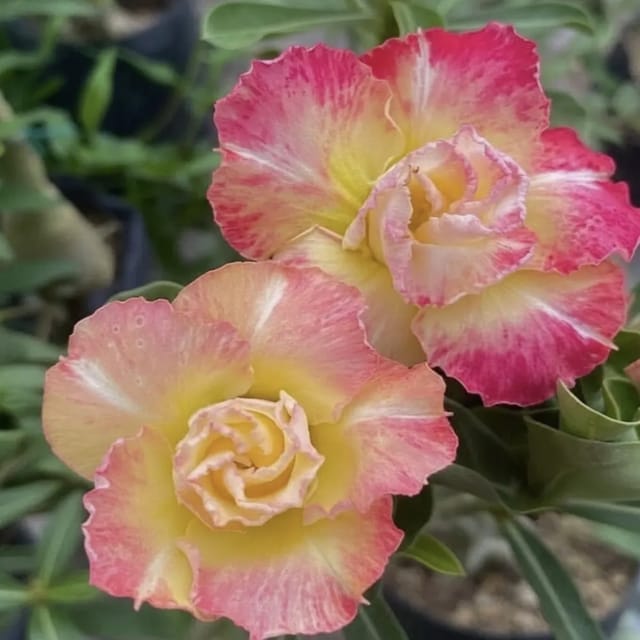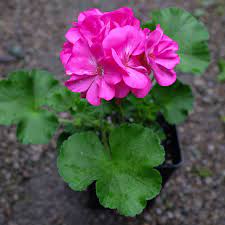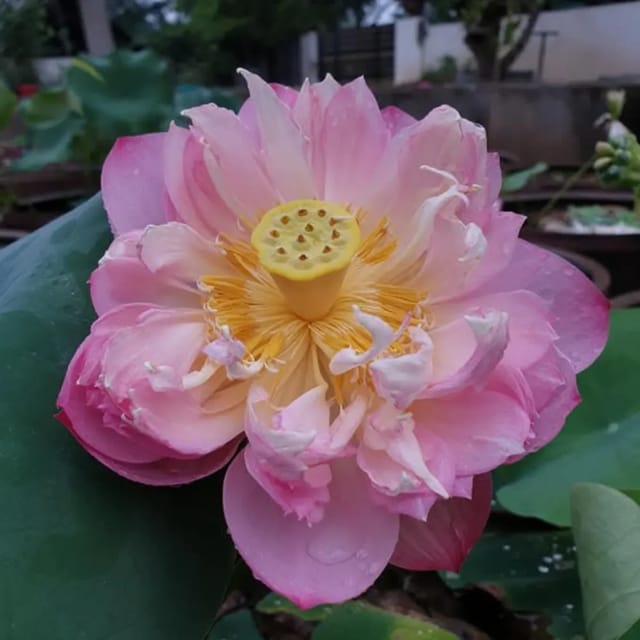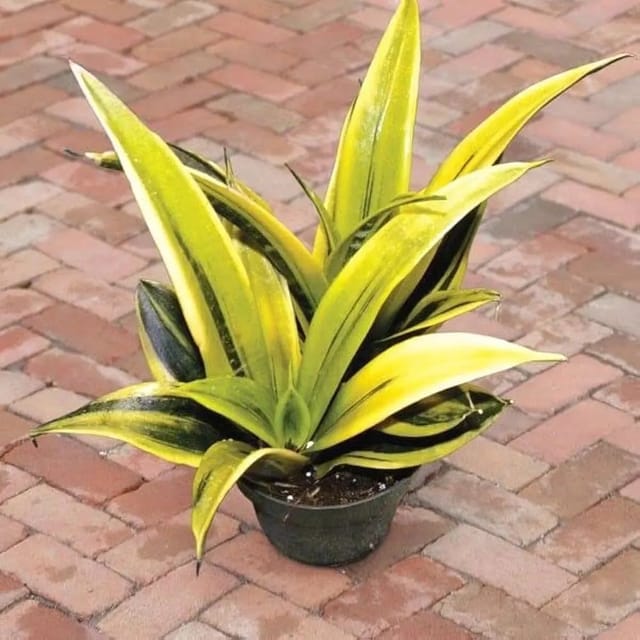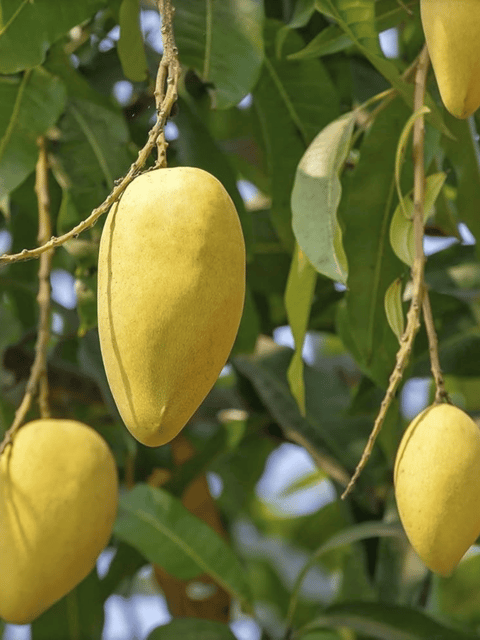🌿 Mango Hapus (Alphonso Mango) Plant – Detailed Description
🌳 Overview
The Mango Hapus Plant, also known as Alphonso Mango or Hapus Mango, is one of the most famous and premium mango varieties in India. Belonging to the Anacardiaceae family, this tropical fruit tree is cherished for its rich aroma, sweet flavor, and smooth, juicy pulp.
Hapus mangoes are especially popular in Maharashtra (Ratnagiri & Sindhudurg), Gujarat, and parts of Southern India. They are considered the “King of Mangoes” due to their unmatched taste, vibrant yellow-orange color, and high commercial value.
🍃 Plant Description
Botanical Name: Mangifera indica ‘Hapus’
Common Names: Mango Hapus, Alphonso Mango, Hapus Mango
Family: Anacardiaceae
Plant Type: Evergreen tropical fruit tree
Height: 10–12 meters (can grow taller under ideal conditions)
Canopy: Dense, broad, and rounded
Leaves: Long, lance-shaped, glossy green; slightly aromatic when crushed
Flowers: Small, yellowish-white, fragrant panicles appearing in late winter to early spring
The tree develops a sturdy trunk with spreading branches, making it both ornamental and fruit-bearing. Hapus mango trees are long-living and highly productive, with a lifespan of 100 years or more under optimal conditions.
🍈 Fruit Description
The Hapus mango fruit is famous worldwide for its:
Shape: Oval to oblong, slightly curved
Skin: Smooth, thin, and bright yellow when ripe, sometimes with a light orange blush
Pulp: Deep golden-yellow, fiberless, soft, and juicy
Taste: Exceptionally sweet, aromatic, and rich — highly prized for desserts, juices, and fresh consumption
Seeds: Single large seed in the center
Each mature tree can produce 300–500 fruits per season, depending on age and care.
🌤️ Growing Conditions
Hapus mango requires a tropical to subtropical climate:
Temperature: 24°C – 35°C
Rainfall: 750–2000 mm per year (well-distributed)
Sunlight: Full sun (6–8 hours daily)
Soil: Deep, well-drained sandy loam, rich in organic matter
Watering: Moderate; avoid waterlogging, especially during flowering and fruiting
The tree is sensitive to frost, so it grows best in warm and humid regions.
🌱 Propagation & Cultivation
Propagation Method: Primarily grafting or budding to maintain true-to-type Hapus variety
Planting Season: Late monsoon or early spring
Spacing: 8–10 meters between trees for optimal canopy growth
Fruiting Age: 3–5 years for grafted plants; 6–8 years for seed-grown plants
Pruning: Minimal pruning needed; remove dead or diseased branches after harvest
🍎 Nutritional Value & Health Benefits
Hapus mango is not just delicious, it is nutritionally rich:
Vitamins: High in Vitamin A, Vitamin C, Vitamin E, and B-complex
Minerals: Potassium, magnesium, calcium, and iron
Health Benefits:
Boosts immunity
Improves digestion
Enhances eye health and skin glow
Provides instant energy due to natural sugars
Supports heart and liver health
🌼 Uses
Culinary: Eaten fresh, in smoothies, juices, jams, ice creams, and desserts.
Commercial: Exported globally due to premium quality; high market demand.
Ornamental: Large evergreen canopy makes it ideal for gardens, parks, and landscapes.
Traditional Uses: Leaves and flowers are used in cultural and religious rituals.
